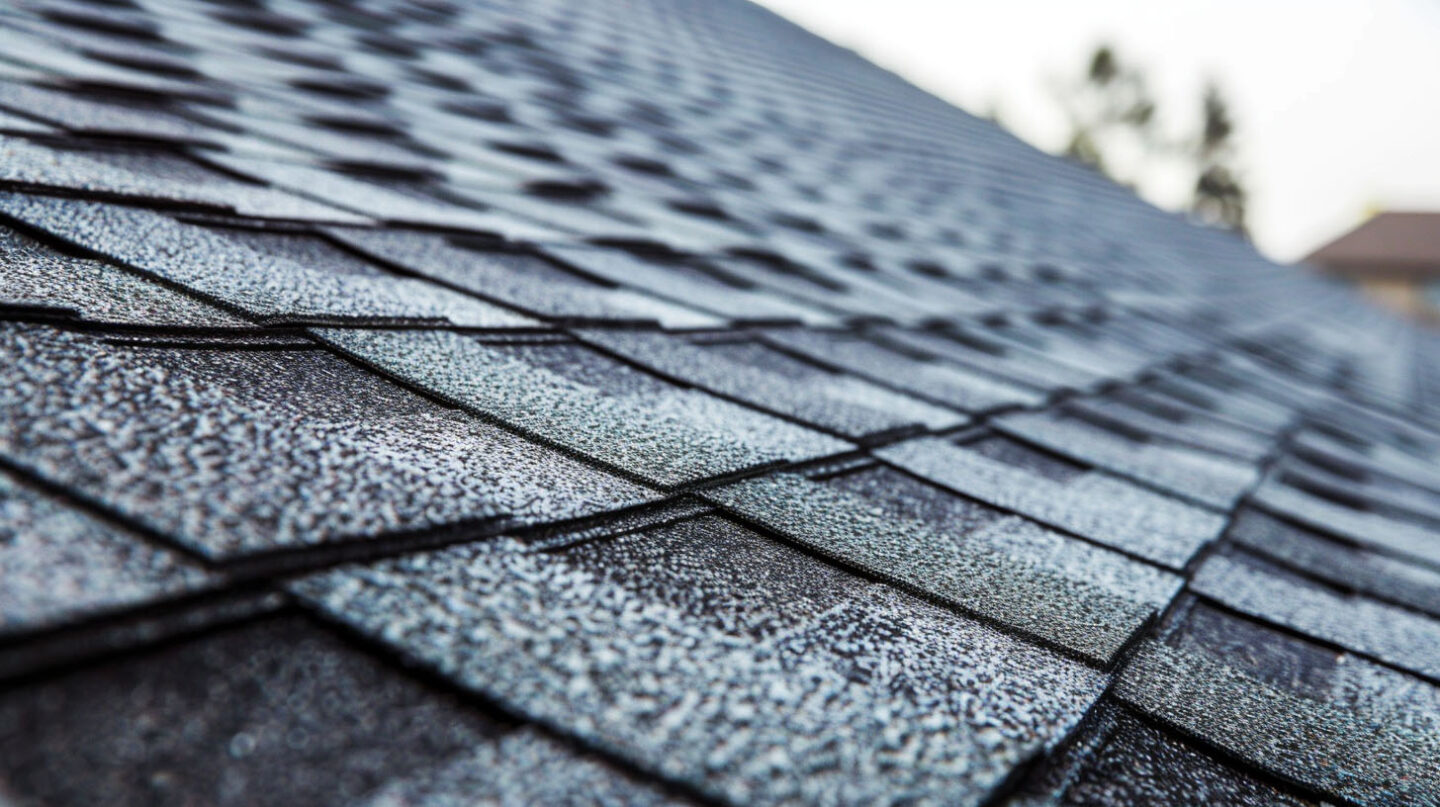Planning a roof replacement for your Durham, NC home can feel overwhelming, especially when prices seem to change without warning. This price volatility in roofing materials is a major concern for homeowners. You may wonder if the quote you received last month is still valid today. At The Shingle Master, we believe in transparency and “Protecting What Matters.” This guide will help you understand the reasons behind these rising costs and, more importantly, explain how you can lock in your shingle quote to protect your investment.
Why Shingle Prices Are So Volatile Today
Have you noticed that the cost of many construction materials, including lumber prices, has been on a rollercoaster ride? The roofing industry is no exception. The price volatility you’re seeing is not random; it’s the result of several powerful economic forces coming together at once.
From the raw materials used to make shingles to global supply chain disruptions, a combination of factors is pushing material costs higher, leading to higher costs overall. Understanding these elements is the first step toward navigating your roofing project with confidence. Let’s look at what is driving these changes.
Key Factors Driving Increased Material Costs
Inflation has significantly influenced material costs across the construction industry, creating higher prices for essential roofing materials and roofing costs. Geopolitical tensions often exacerbate supply chain disruptions, leading to scarcity and inflated prices. Furthermore, labor shortages amplify these challenges as fewer skilled workers drive up labor costs, impacting the overall scope of work and final estimates. With the increasing demand for roof replacements and renovations, the national association of home builders emphasizes the importance of understanding fluctuations in material prices to effectively navigate budget constraints.

The Impact of Tariffs and Supply Chain Disruptions
Tariffs and supply chain disruptions have become significant forces shaping material costs in the commercial roofing industry. Imposed tariffs on imported goods often lead to inflated prices that directly affect roofing contractors and homeowners. Additionally, global supply chains are increasingly vulnerable to factors like labor shortages, geopolitical tensions, and natural disasters, exacerbating material cost increases. These challenges create a tough pill for the construction industry, as they struggle to maintain competitive pricing while ensuring roof integrity and the overall success of projects.
How Material Price Changes Affect Roofing Quotes
Volatility in material prices significantly impacts roofing quotes and HVAC equipment costs, creating a challenging environment for both homeowners and contractors. Fluctuations can lead to adjustments in estimates, making it essential to account for potential escalations in costs. Commonly faced challenges include navigating sudden price increases due to supply chain disruptions and material cost increases, which can undermine budget plans. This uncertainty emphasizes the importance of proactive steps, allowing stakeholders to better manage expectations and maintain the roof’s integrity while planning their roofing projects.
Common Challenges Faced by Homeowners and Contractors
Navigating the volatility of material prices can pose significant challenges for both homeowners and contractors in various construction projects. Unpredictable cost increases result in anxiety over budgeting for roofing projects, often leading to adjustments in the scope of work. Homeowners may struggle with inflated estimates while contractors face pressure from labor shortages and the urgency of securing agreements. This dynamic can complicate materials procurement, especially when global supply chains experience delays, ultimately affecting the roof’s integrity and project timelines.
Adjusting Roofing Estimates as Prices Fluctuate
Navigating the complexities of fluctuating material costs requires roofing contractors to be agile and responsive. Adjustments to roofing estimates should account for the prevailing market price of essential components, such as shingles and fasteners, alongside labor costs that may rise due to supply chain challenges. Utilizing value engineering can help identify cost-effective solutions, ensuring project viability without compromising on the roof’s integrity. By establishing effective communication with clients about potential price increases, contractors can foster trust and deliver peace of mind throughout the roofing project.
Ways to Lock In Your Shingle Quote
The key is to move decisively once you’ve chosen a trusted contractor. From signing agreements promptly to timing your project strategically, you have more control than you might think. Let’s explore some of the best ways to secure your price.

Price Guarantee Agreements With Suppliers
Establishing price guarantee agreements with lumber suppliers can significantly mitigate the impact of material cost increases. These contracts not only offer homeowners peace of mind amidst fluctuating prices but also strengthen relationships with roofing contractors, ensuring that the quoted prices won’t escalate unexpectedly. By leveraging such agreements, project timelines can be more confidently planned, which is crucial during seasons where supply chain disruptions may be prevalent, ultimately leading to cost stability in roofing projects and providing a buffer against rising construction material prices.
Timing Your Project for Maximum Savings
Strategically planning your roofing project can lead to significant savings amidst rising material costs. Delaying during peak seasons, such as hurricane season, often results in higher prices and labor shortages. Conversely, scheduling during off-peak months allows for more favorable pricing, as suppliers often offer discounts to move inventory. Additionally, being aware of market trends and fluctuations in material costs can provide homeowners with a clear advantage. A proactive approach ensures that the project remains within budget while safeguarding the roof’s integrity.
What’s Next
Navigating material price volatility is crucial for homeowners and roofing contractors alike. Proactive steps, including establishing price guarantee agreements and timing projects strategically, can offer significant peace of mind amidst rising costs. over the long term. Understanding the various factors influencing roofing materials, from supply chain disruptions to geopolitical tensions, empowers all stakeholders in the construction industry to make informed decisions. As the market continues to fluctuate, staying informed will ensure that your roofing project remains both cost-effective and efficient. As a GAF Master Elite Contractor and BBB A+, we pride ourselves on being a Haag Certified Inspector and NC Licensed General Contractor. Recognized as Raleigh’s Best Roofing Contractor and a member of NHBA and the Raleigh Chamber of Commerce, we are committed to delivering exceptional service and quality.

Frequently Asked Questions
How can homeowners mitigate the impact of rising roofing shingle prices?
To manage rising costs, plan your project in advance, and be ready to sign a contract to lock in a quote. You can also explore alternative materials that may offer better long-term value. Consistent roof maintenance can also extend the life of your current roof, giving you more time to plan.
How Much Does a Shingle Roof Cost?
The average cost for a full roof replacement with asphalt shingles on a 2,000-square-foot home typically ranges from $6,000 to $9,800. However, the final market price for your new roof will depend on the specific materials chosen, your location, and the complexity of your roof’s design.
How does construction material price volatility hurt suppliers?
Price volatility creates major supply chain challenges for suppliers. It makes inventory management and financial forecasting difficult. They face the tough pill of either absorbing material costs, which hurts their profits, or passing increases to contractors, which can strain business relationships and create uncertainty for everyone.
Read our blog: Preparing Your Home and Crew for a Smooth Roof Installation Day


